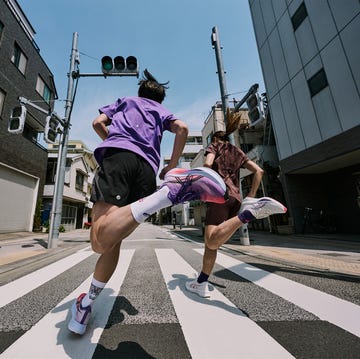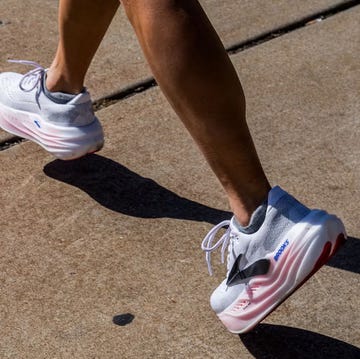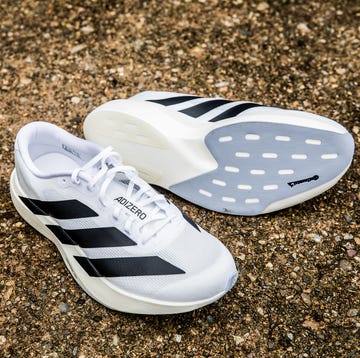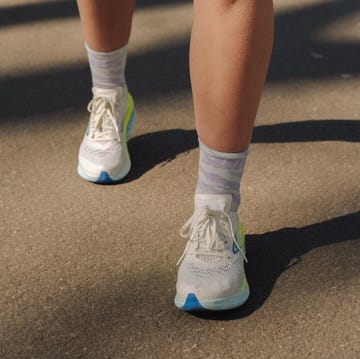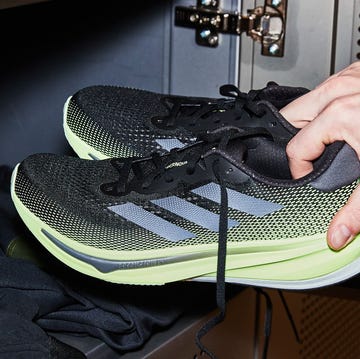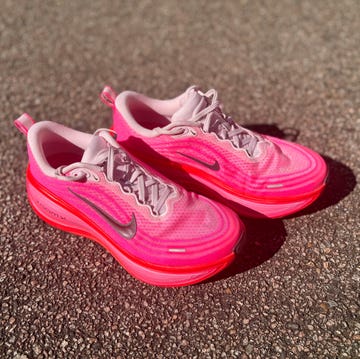We earn a commission for products purchased through some links in this article.
The best Saucony running shoes for training and racing
From easy miles to race day, these are the Saucony shoes worthy of a place in your rotation
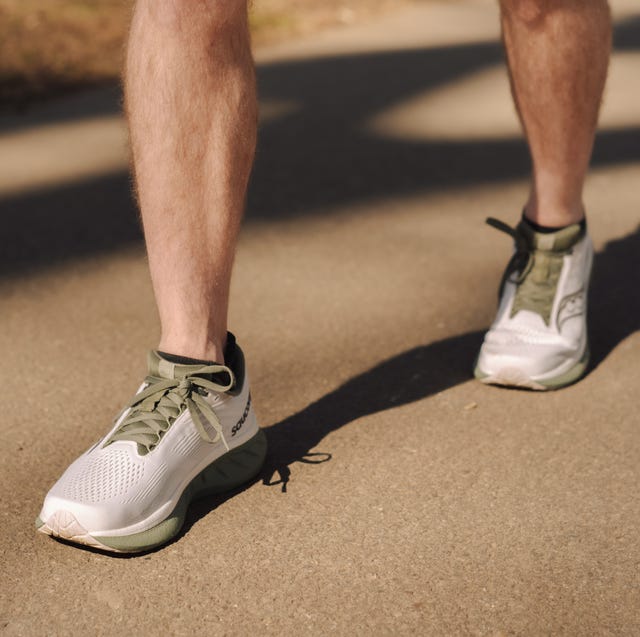
Looking for a new pair of running shoes and have Saucony in mind? You’re in the right place. Whether you're looking for a daily trainer to tackle the majority of your miles or a race day shoe to propel you to a PB, Saucony makes some of the best running shoes on the market.
You can shop our winning pairs below, at a glance, or keep scrolling to read our full reviews.
Saucony traces its origins back to 1898 when four businessmen opened the first factory in Kutztown, Pennsylvania, on the banks of the Saucony Creek (it's pronounced ‘sock a knee’, FYI). The brand’s logo represents the Creek’s constant flow, and the boulders lining its bed.
By 1910, the company was producing around 800 pairs of shoes a day and introduced its first running shoe, the 7446 Spike. But it wasn’t until 1968, when the company was brought by Russian immigrant Abraham R. Hyde, that Saucony really started to gain its reputation in the athletics industry and cement itself as one of the world’s leading running brands. From the release of its pioneering, shock-absorbing Grid technology in 1991, to more recently, it's Speedroll technology in the Endorphin Pro and high-spec Endorphin Elite.
Saucony puts a lot of emphasis on footwear that’s focused on the runner’s style, arch type and pronation, and as a result, we think the brand offers some of the best stability shoes on the market. They also score high for reliability, and there’s plenty to choose from. And when it comes to race-day shoes, it offers a solid and growing contingent.
What tech is used in Saucony running shoes?
Foam
If you browse the Saucony line-up, you’ll notice one term surfaces again and again: Pwrrun. This is the overarching name for the brand’s current suite of cushioning foams.
At the bottom of the ladder is plain old Pwrrun, which is made from tried-and-true EVA foam. It provides a responsive, if somewhat firm, base for shoes like the Kinvara. However, the foam has been largely fazed out now, replaced by the newer Pwrrun+ which is formulated at a lower density to increase the softness of the ride. This foam is used in Saucony’s daily trainers including the Ride 17 and Guide 17.
Pwrrun PB is Saucony’s premiere cushioning found in more speed-orientated models like the Endorphin Speed 5. This is a PEBA-blend foam that’s half the weight of EVA and exceptionally bouncy (88% energy return). It’s also more durable.
Finally, at the top of the food chain is Pwrrun HG, used in the original Endorphin Elite and the top layer of the Endorphin Pro 4. Dubbed a ‘superfoam’, it’s another PEBA-based formulation that delivers the highest energy return of all the Pwrrun foams, and it’s also very lightweight (much like Nike’s premium ZoomX foam).
In 2025, Saucony also debuted a brand new foam known as IncrediRun in the Endorphin Elite 2. A TPEE blend, Saucony dubs it a ‘next-generation superfoam, engineered for hyper-performance’. It is the softest, lightest and most responsive foam the brand creates, however, it is can feel quite unstable when you have a big wedge of it underfoot.
Supporting smooth strides
Saucony has developed several other notable shoe components in addition to its foams. Like other brands, it has started embedding nylon or carbon fibre plates into its racing and speed training shoes to boost responsiveness and support. The Endorphin Elite and Endorphin Pro 4 use carbon fibre midsole plates to create a propulsive, efficient ride that encourages fast paces. The Endorphin Speed 4, on the other hand, utilises a more flexible nylon plate for a softer, more supportive feel better suited to everyday training.
Speedroll is another key feature to note. It’s Saucony’s name for toe-spring, where the front of the shoe curves upward. Several of its shoes also have a full rocker sole, where both the front and back of the shoe curve upward. That upward curve promotes smoother transitions during your stride, and it’s especially important to keep shoes with taller stack heights — like the Endorphin Elite — from feeling too clunky underfoot.
How we choose the best Saucony running shoes
The models below represent the best Saucony running shoes available now. For this update, we reviewed our selections for technology, updated specs, and included our experience testing these shoes over the past year for any relevant feedback. Several models had minor updates, and a few had some significant updates to both fit and materials. We drew on RW reviews, editor feedback, our own testing experience, and knowledge of the running shoe market to narrow the list down to the pairs below.
The best Saucony running shoes for 2025, tried and tested


Best September running shoe deals 2025
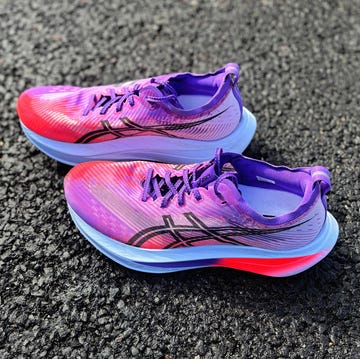
Is the Asics Megablast the best Blast yet?

Brooks running shoes sales August 2025
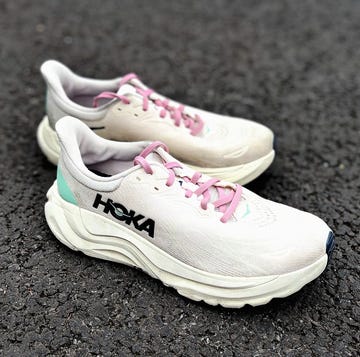
Arahi 8: Hoka's stability shoe is back to form







